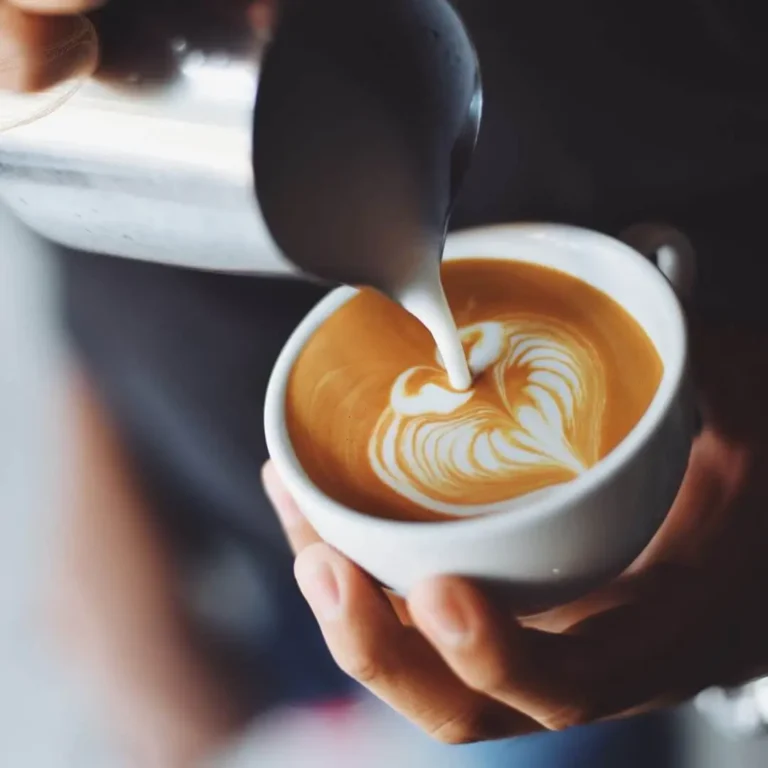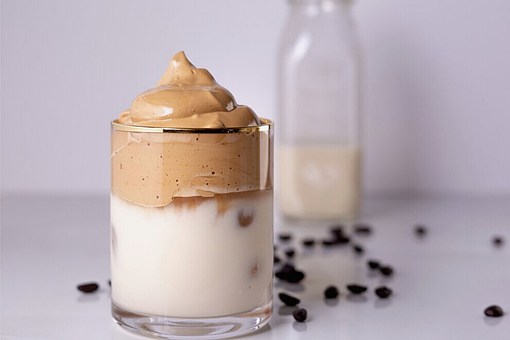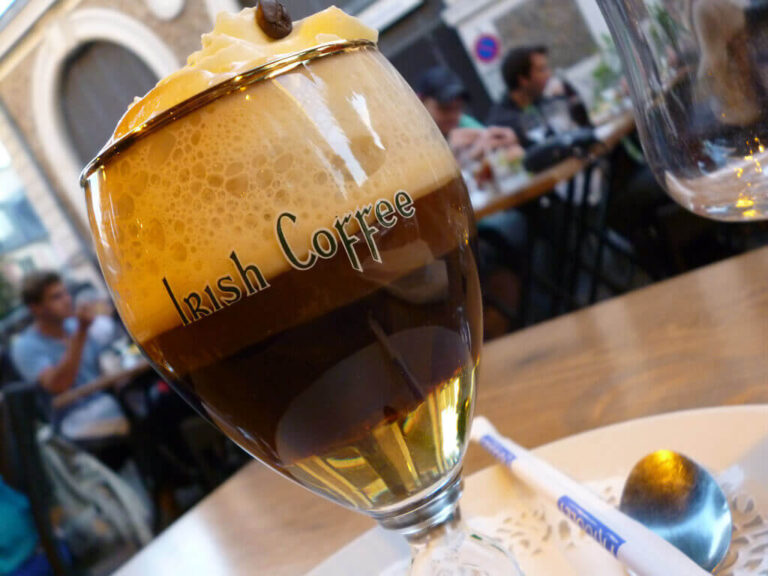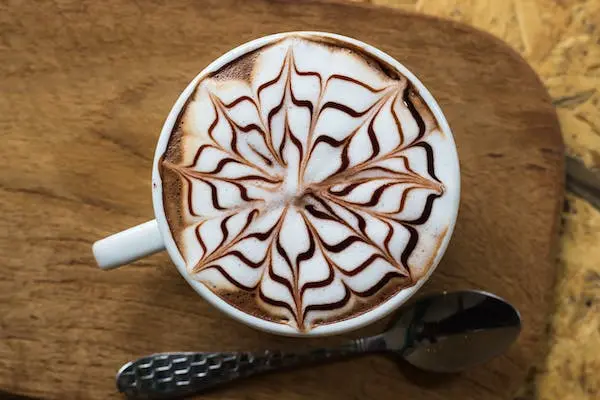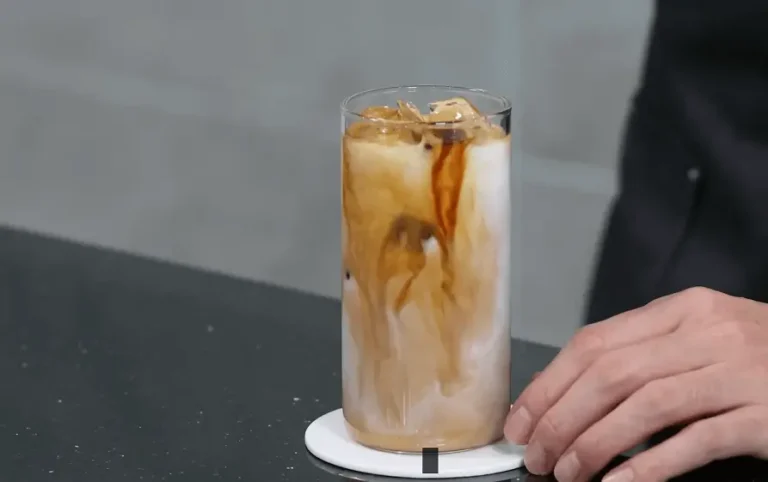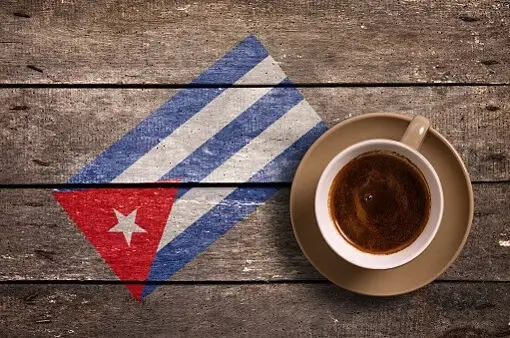How to make Bone Dry Cappuccino? 6 Perfect Methods

There are numerous coffee drinks which are made with different methods but all the variations have two main ingredients milk and coffee espresso. Bone dry cappuccino, Cortado, macchiato, lattes, dry coffee, and flat whites all these comes under flavorful coffee drinks.
These are the standard coffee drinks, though the variables or concentration of ingredients can change. Cappuccino is also considered among the best traditional coffee liquid. The history of cappuccino began in the 17th century.
This creamy espresso-based treat has been evolved into one of the most well-known variations of coffee drinks, starting in late Viennese coffee houses and continuing to the present day.
There are currently two main division of cappuccino, wet and dry cappuccinos.
Connoisseur’s tastes people also sometime confuse to distinguish the cappuccino and bone dry cappuccino. So here we will explain in details about bone dry cappuccino. We suggest that coffee lover who avoid steam milk in their coffee to read this detailed article.
What is Cappuccino?
Cappuccino was never intended to refer to coffee. Its name was taken from “Capuchin,” the monks’ term for the dark-brown hooded robes they wore in Vienna. The espresso-based coffee beverage known as a cappuccino has its roots in Italy. Usually, 2 shots of espresso, steamed milk, and milk foam are used to make it.
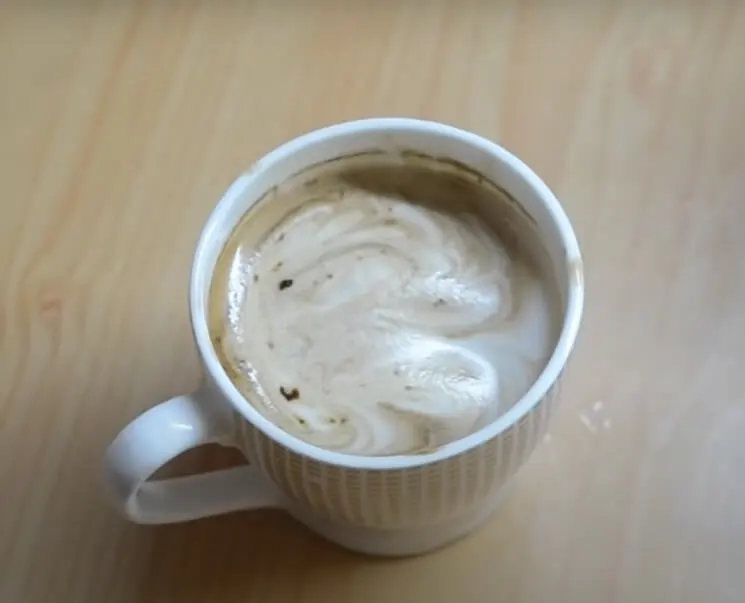
One cappuccino variation that has gained popularity in the coffee world is the bone dry cappuccino. Due to its distinctive flavor and texture, this variation on the standard cappuccino is becoming more and more popular.
The ratios utilized to prepare the beverage are what differentiate these variations. There are two main types of cappuccino:
Wet Cappuccino:
The proportion of steamed milk utilized in the coffee distinguishes a wet cappuccino from the other varieties. Since it has become more and more popular in recent years, many Starbucks and coffee shops now offer this variety of cappuccino as a staple beverage.
Dry Cappuccino:
The dry cappuccino on the other side is closer to the style of a classic cappuccino. Compared to a cappuccino with much more steamed milk, this variation emphasizes the espresso as well as the texture of a milk froth much more.
Usually, there is a significant amount of milk froth on top of a dry cappuccino. Even said, some individuals favor adding micro-foam to their coffee since it provides it such a creamier smoothness without overpowering the espresso’s aromas.
Compared to steamed milk, a dry cappuccino has a cup of coffee and more milk foam. If you want a richer cup of coffee, you can however brew using a double shot.
What is a Bone Dry Cappuccino?
The term “bone dry” in bone dry cappuccino means, having only espresso and a foam pillow, with no steamed milk at all.
A bone dry caps requires one or two espresso shots and milk, just like all the other varieties. The fact that it merely has milk froth but no heated milk at all is a significant distinction.
Simply said, it is a larger version of a macchiato, and espresso shot distinguished by a little scoop of frothed milk. The bone dry cappuccino is for those who prefer the flavor and texture with foam over milk rather than those who are averse to the strong flavor of espresso.
Some people may prefer a bone dry cappuccino as they think the foamy milk’s air bubbles, which serve as insulation, will keep the drink hot longer.
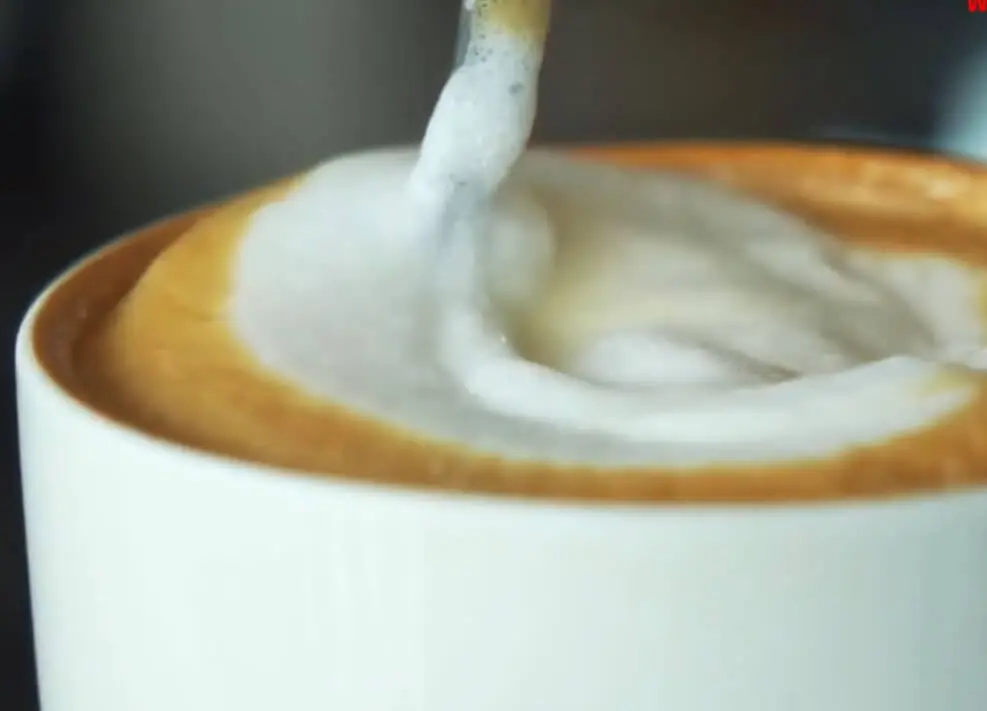
Before preparing the dry cappuccino, make sure you have the right kind of foamed milk for your coffee before get into the methods for preparing a bone dry coffee. You must carefully position the steam wand when aerating your milk to achieve the desired foamy texture.
Although we advise using whole milk, oat milk also tastes great if you’re not like fairies. Since this provides the wider air bubbles necessary for frothed milk, the top of the steam wand must be placed just beneath the surface of the milk. Now let’s have eyesight at how you can prepare a cup of dry cappuccino.
How to make Bone Dry Cappuccino?
Making dry cappuccino is not exactly like making dry coffee. Although it is simple but needs some tricky method to make it tastier.
Ingredients for Bone Dry Cappuccino
You don’t need together something very heavy or heavy machinery, not expensive ingredients but you need together some basic food ingredients and small tools.
- Four ounce milk
- 17-18 grams of coffee (it also depends on your taste)
- Coffee cup
- Frother wand and container
- Coffee machine
Before going in-depth to understand the recipe and its methodology there are few simple steps to make dry cappuccino.
For preparing the bone dray cappuccino you need;
- One part espresso
- Two parts froth milk
Does a Cappuccino have caffeine in it?
The cappuccino is a well-liked espresso drink that is available worldwide in coffee shops and cafes.
| Cappuccino Shots | Caffeine (mg) |
|---|---|
| One shot cappuccino | 77 |
| Two shot cappuccino | 154 |
| Three shot cappuccino | 231 |
The amount of caffeine in a cappuccino can change based on the precision with which the shot is measured, how long the shot is run, and the caliber or kind of coffee used.
To make a bone dry cappuccino you need to follow the following steps;
Step 1: Pour milk into pitcher
Using cold milk is essential for producing good froth. Remember that milk typically foams better when it is new than when it is old. But put boiled water in your cup. This boiled water provides a warm environment for the coffee ingredients.
Step 2: Frothing Milk
Milk should be frothed in the jug at an angle for 20 to 25 seconds or until frothy bubbles appear. Place aside for a future purpose. If you don’t have access to a coffee shot with a designed steam wand, you can also use a handheld milk frother or pour your milk into a big stainless container and froth it up.
At the very least, you need to double the milk’s volume. Make sure to saturate the milk with air as much as you can.
Step 3: Add Espresso
We recommend grinding fresh whole beans of coffee shortly before brewing. In addition to tasting flavorful and fresh, espresso that has been ground before brewing has more depth.
Step 4. With a tamper, level the ground
Your espresso’s quality will be significantly influenced by your tamping technique. Approximately 20 to 30 lbs of pressure will be needed to generate a strong extraction resistance.
Step 5: Mix 2 parts milk with 1-part espresso
Use a spoon to add foam to your espresso. Pouring directly from the jug should be avoided because it will introduce steamed milk in to mixture and produce anything other than a bone dry cappuccino.
Step 6: Serve it
Now enjoy your coffee with family and friends. It takes 5 minutes to get ready and stay fresh for a minimum of 15 minutes. So serve it within this time.
The frothy milk helps the coffee stay hotter for longer while letting the espresso shine through the distinctively thick foam’s texture.
Practice and superior foaming abilities are required to make the ideal bone dry cappuccino. These three components aren’t the only necessary components, though. You must make sure you use premium coffee beans.
Cappuccino vs Flat White
Most people use the word white flat with cappuccino but confuse to distinguish the difference between both drinks. If the ingredients in both drinks are the same then what is the difference between white flat and cappuccino?
The difference between flat white and cappuccino is in the preparation; the ingredients & cup size is the same. The typical ingredients for a cappuccino are a straightforward espresso and two portions of milk froth a liquid portion with the solid milk froth topping that often reaches just slightly above the cup’s edge.
Contrarily, a double espresso ristretto stronger, more concentrated kind of espresso is used to make the flat White. The espresso is slightly stronger when the water and flow time are reduced. Using a double espresso, we make the Flat White, although each barista makes this differently.
Extra Dry Cappuccino
Extra dry cappuccinos typically have a little volume of milk between both the espresso and foam, falling between both drinks a dry and bone dry cappuccino.
Conclusion
You can be sure to get with this straightforward, simple, and easy recipe, you can be sure to get the sharp tastes and light texture that are frequently muted in all other coffee drinks. A bone dry cappuccino is always a good choice if you’re seeking for a better method to enjoy your espresso.
Moreover, you get an improved mouthfeel and texture that you wouldn’t get from a shot of espresso on its own with this frothed coffee. Additionally, It’s easy to prepare, and with a little experience, you can regularly get the texture or flavor you like.


